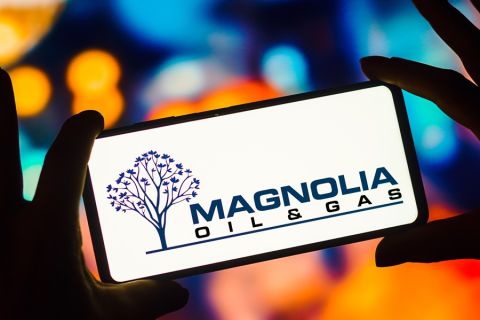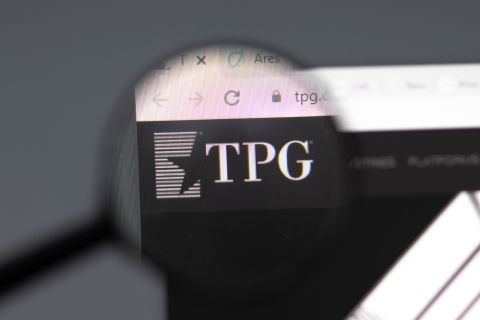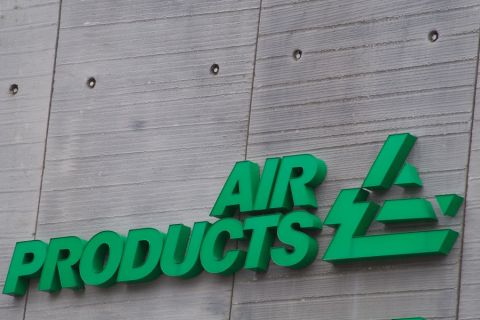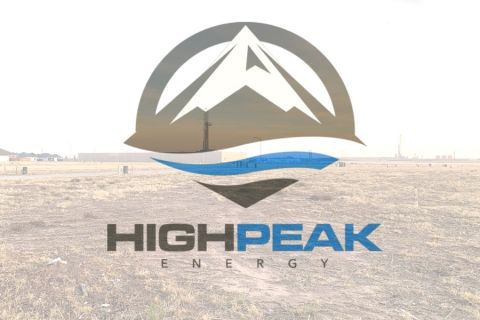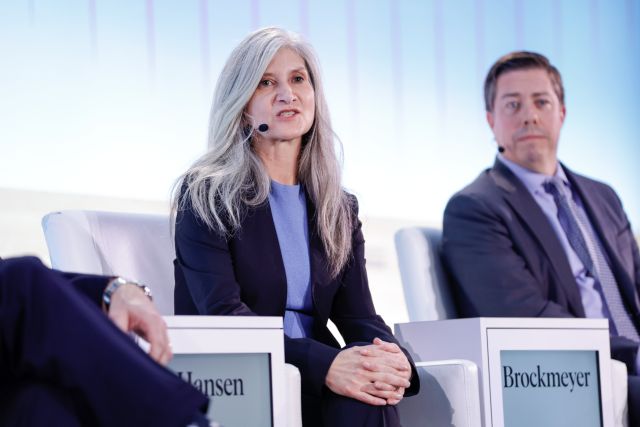
Cynthia Hansen, Enbridge president of gas transmission and midstream, said opportunities currently are in existing-pipe expansions—via increased compression—and laying new pipe along existing right of way, at CERAWeek by S&P Global on March 20. (Source: CERAWeek by S&P Global)
The chance of adding more long-haul pipe in the U.S. “is not dead. It’s challenging,” an Enbridge Inc. executive said at CERAWeek by S&P Global.
To get more gas now to additional LNG export trains and other demand centers, “all pipelines pretty much are full,” Cynthia Hansen, Enbridge president of gas transmission and midstream, said March 20.
An act of Congress was required last year to complete the Mountain Valley Pipeline project, which will get more Appalachian gas into the southeastern U.S. beginning this year.
But the similarly southeastern-directed Atlantic Coast Pipeline (ACP) was scrapped by its developer in 2020 after 98% of easements were already acquired and some pipe already laid.
Hansen said opportunities currently are in existing-pipe expansions—via increased compression—and laying new pipe along existing right of way.
“That gives you some opportunities … but anything right now that has to go through permitting will have challenges,” she said.
“It is hard to build new right of ways. So you look at how you can maximize your existing infrastructure. Can you upgrade it? Can you add compression or can you do the looping?”
Skittish developers
Pipeline developers are skittish today about giving a new project a try after seeing the impasses others have been met with, said COO Corey Grindal of LNG exporter Cheniere Energy.
“[With] Mountain Valley being a perfect example [and] ACP basically calling it quits with a lot of the opposition that they got,” he said.
“But I don't think that it's dead. I'm a believer in market economics.”
More U.S. gas-production potential is known and demand for it is growing—from LNG export facilities, power generators and industries that are re-shoring in the U.S.
“You're going to start seeing the market send signals and, at some point, the signals will get to where people are willing to take the … risk to develop additional infrastructure,” Grindal said.
Skittish regulators
Regulators themselves are also skittish, said Martin Hupka, president of LNG and net zero for Sempra Infrastructure. Those “market signals that may come may be worse than regulators are looking for.”
The U.S. power grid is increasingly unstable already, according to a senior executive with Vistra Corp., which produces and distributes power in 26 states. And additional experts expect demand to surge from more electric vehicles and growth in energy-intensive AI-chip data centers, further stressing the grid.
At the same time, U.S. LNG exports are at 14 Bcf/d, with an additional 17 Bcf/d under construction on the Gulf Coast. Further, 16 Bcf/d has received federal permits and is nearing construction, totaling more than 30 Bcf/d of additional demand coming online during the coming decade, according to developers’ reports and the Federal Energy Regulatory Commission.
“LNG occurred because the [U.S.] resource was there,” Cheniere’s Grindal said. “It was economic, the world needed LNG and the U.S. had the cheapest price at the time. So, yes, I think that it can continue to grow.”
Gas as decarbonizer
Grindal added that he doesn’t see the growth of LNG or power as an opposition to decarbonization.
“LNG is essentially a decarbonizing tool for the world,” he said.
The advent of U.S. shale gas production and existing pipe—some of it more than 100 years old—are “what allowed us to displace so much coal with gas-fired power plants.”
Since shale gas, powergen coal-to-gas switching has driven annual U.S. greenhouse-gas emissions down more than 1 billion metric tons, according to the Environmental Protection Agency.
But coal remains one-third of the world’s fuel stock, Grindal noted.
“If there is that much coal still operating in the world, LNG is part of the decarbonization process to get countries and companies off of coal to using natural gas.”
Expansions, efficiencies, simple physics and engineering will drive down the gas supply chain’s emissions. “We'll be able to get more from the [gas] production that we have, from the pipelines that we have [and] from the LNG facilities that we have,” Grindal said.
Sempra’s Hupka said LNG developers are looking in real time at what “your molecules need to look like in 2030,” so LNG that’s been decarbonized—via methane reductions, carbon sequestration and other net-zero means, “could be the most attractive molecules on the market.”
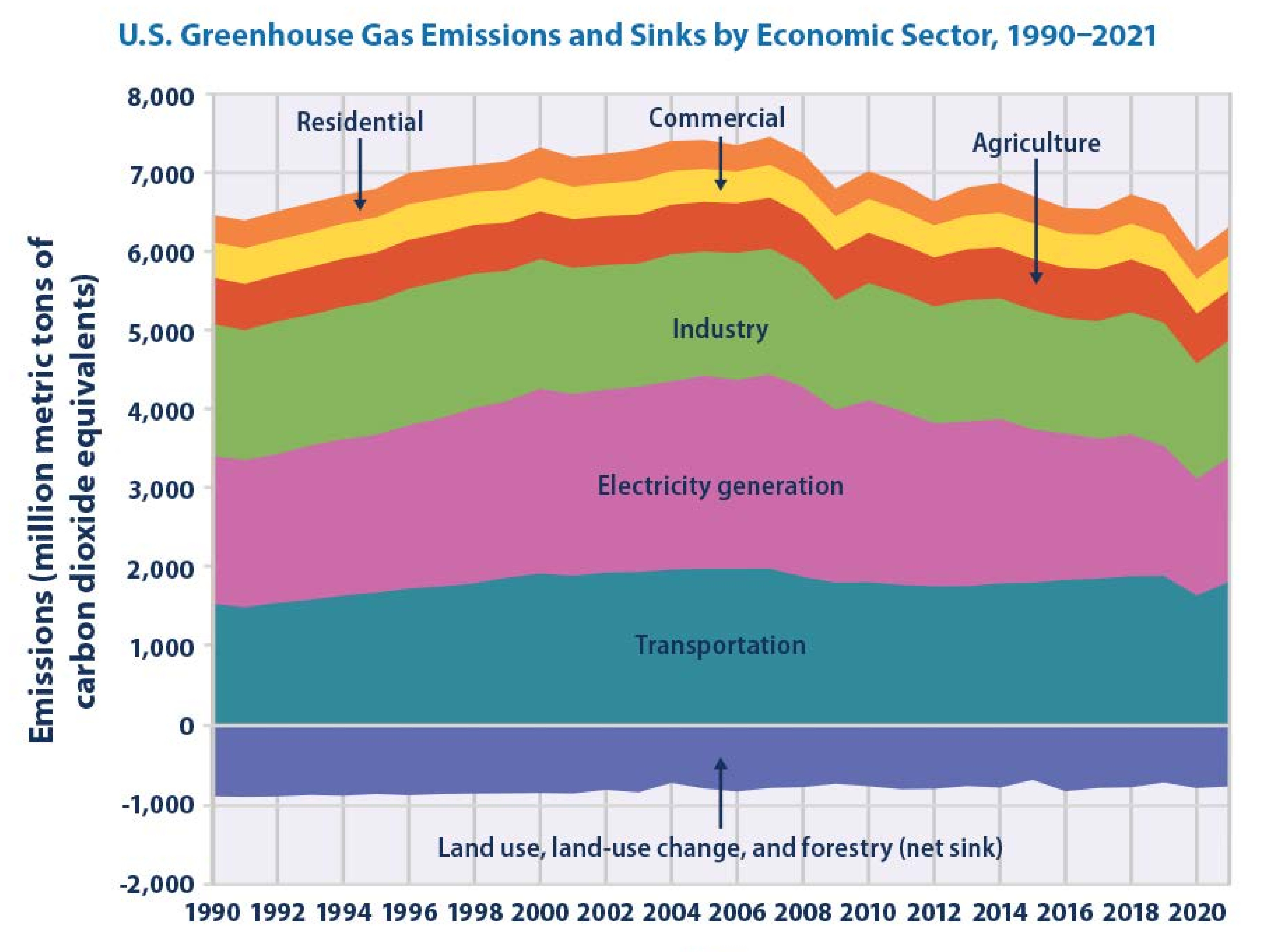
The permit pause
In the midst of the greater call on U.S. gas from allies abroad, the White House has suspended permits to additional LNG trains while reviewing LNG’s carbon footprint.
Grindal said it’s encouraging that the Department of Energy is taking public comment in its review. “This is the third one of these analyses that they've done. This is the first time they've given the public a chance to comment.
“So that's where [Cheniere] will get involved—when that comes out.”
Qatar will produce the LNG the U.S. won’t deliver, he added. But he thinks the U.S. will figure it out.
“If you look at what the U.S. has been so good at for a long time, it's taking something and making it better,” Grindal said.
When project engineer Bechtel Corp. gave Cheniere the keys to its first nine LNG export trains, “they said, ‘here. These things will [each] produce about 4.5 million tonnes [of LNG per annum].
Grindal’s motto is to “never sell short an engineer.”
“Those trains now produce 5 million tonnes,” he said.
Recommended Reading
Magnolia Oil & Gas Hikes Quarterly Cash Dividend by 13%
2024-02-05 - Magnolia’s dividend will rise 13% to $0.13 per share, the company said.
TPG Adds Lebovitz as Head of Infrastructure for Climate Investing Platform
2024-02-07 - TPG Rise Climate was launched in 2021 to make investments across asset classes in climate solutions globally.
Air Products Sees $15B Hydrogen, Energy Transition Project Backlog
2024-02-07 - Pennsylvania-headquartered Air Products has eight hydrogen projects underway and is targeting an IRR of more than 10%.
HighPeak Energy Authorizes First Share Buyback Since Founding
2024-02-06 - Along with a $75 million share repurchase program, Midland Basin operator HighPeak Energy’s board also increased its quarterly dividend.
Occidental Increases Annual Dividend by 22%
2024-02-11 - Occidental Petroleum Corp.’s newly declared dividend is at an annual rate of $0.88 per share, compared to the previous annual rate of $0.72 per share.


